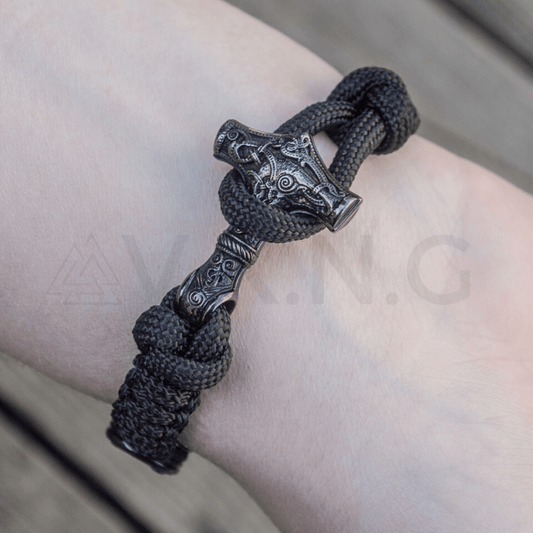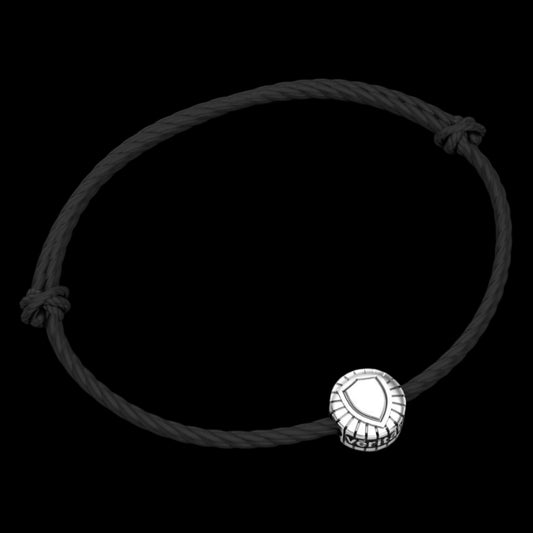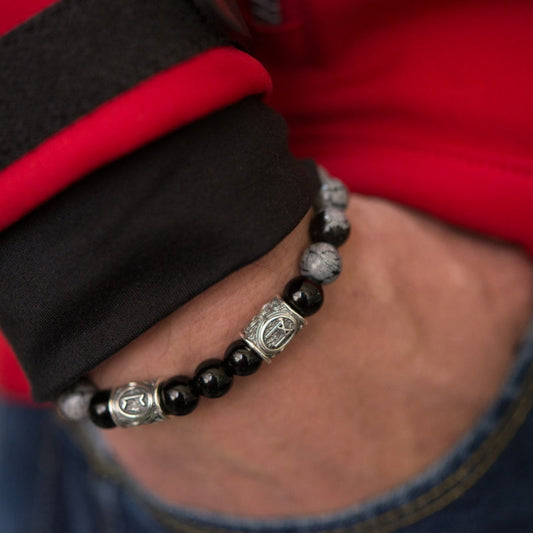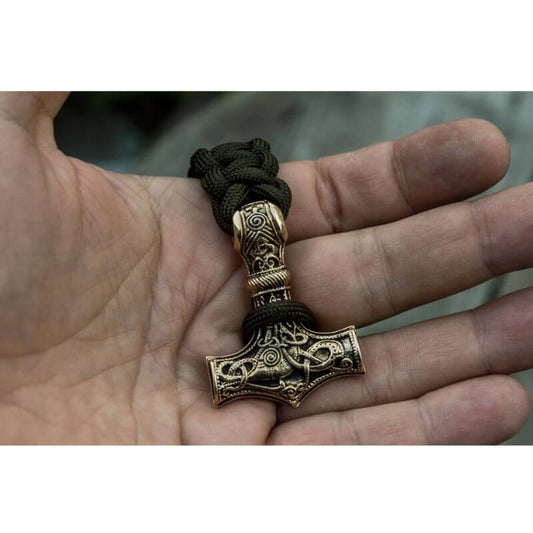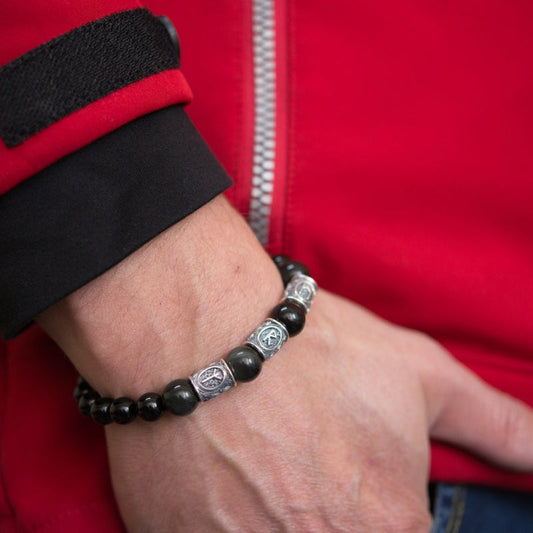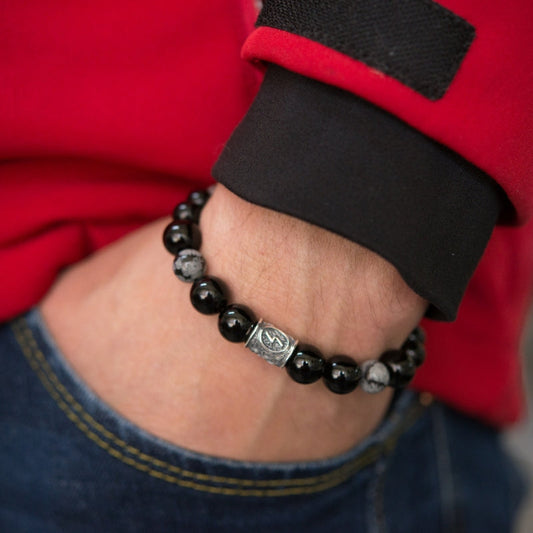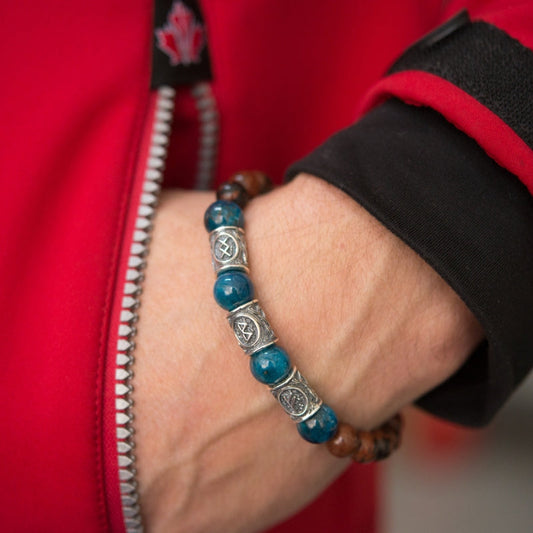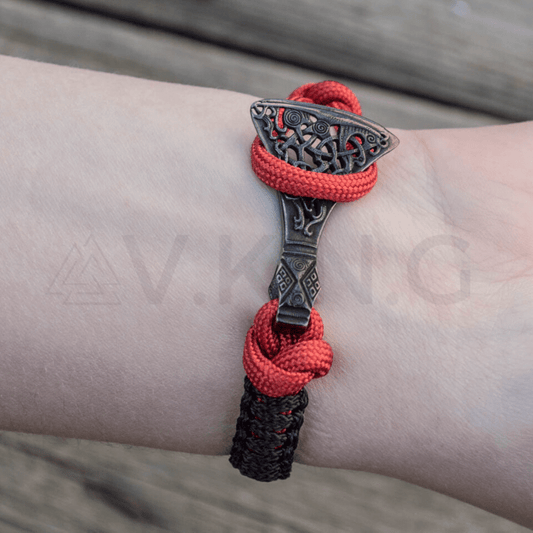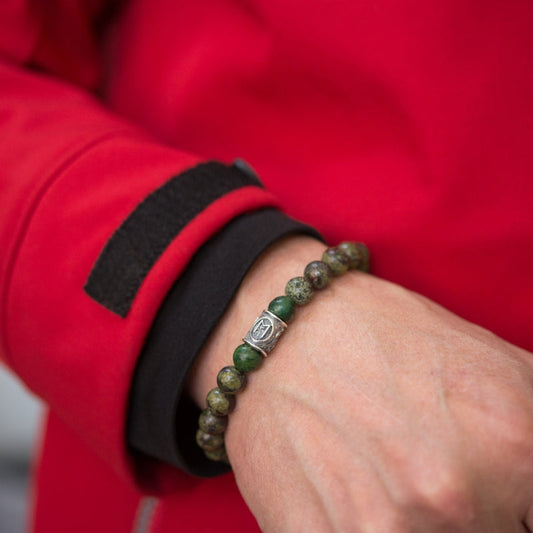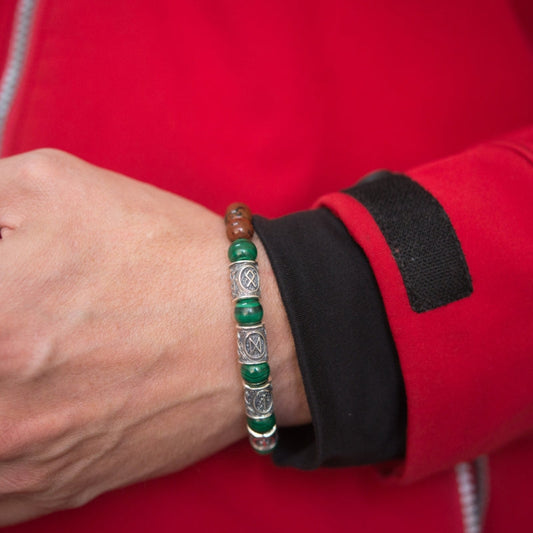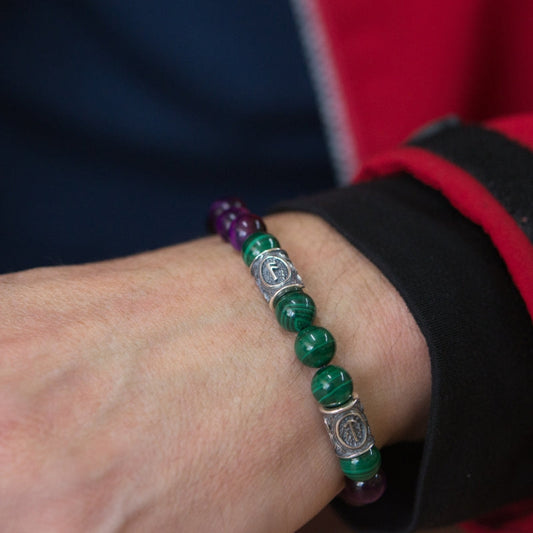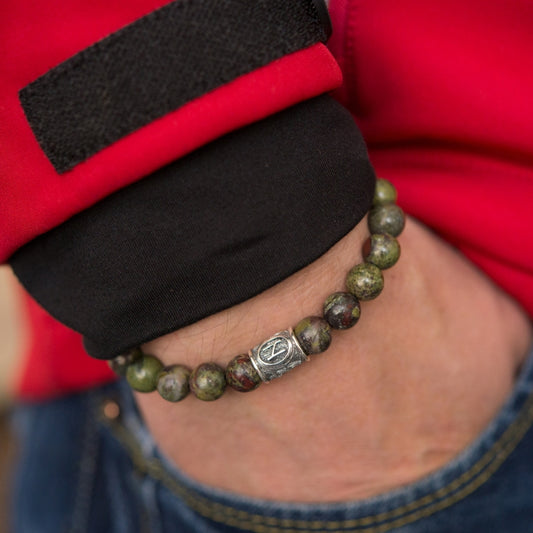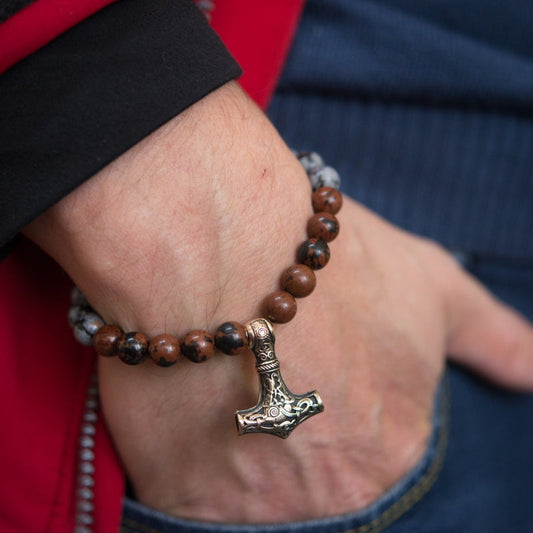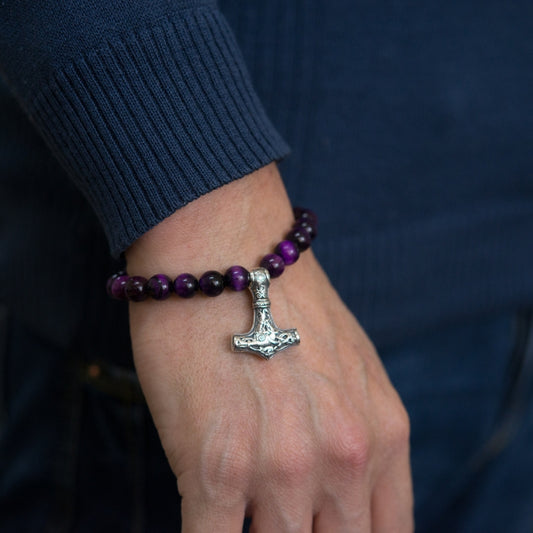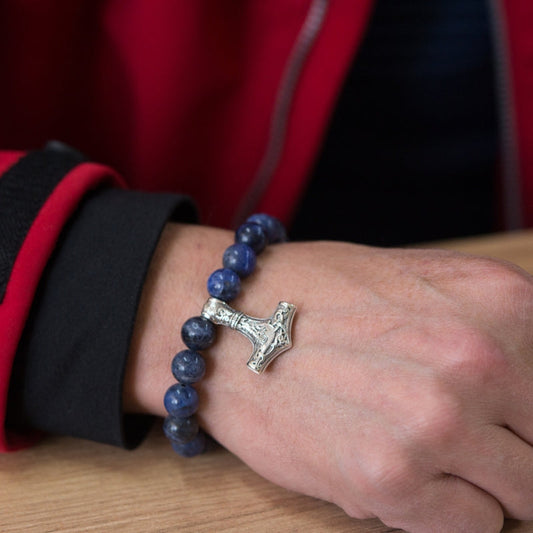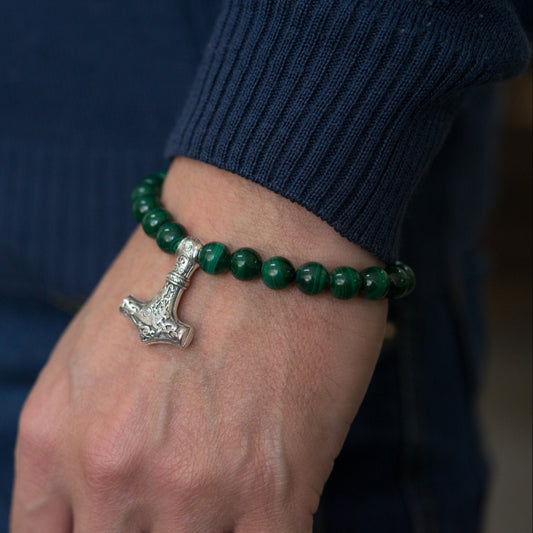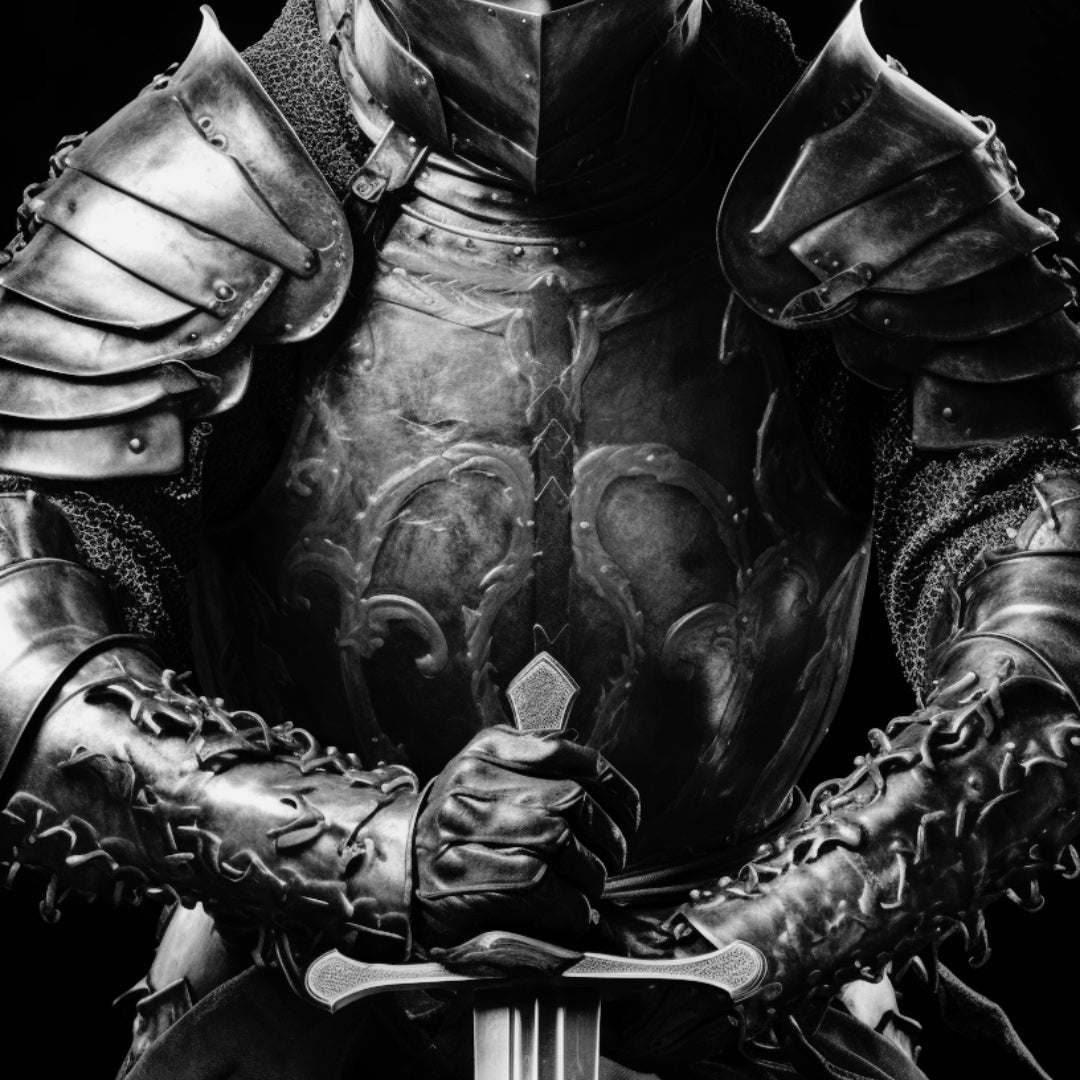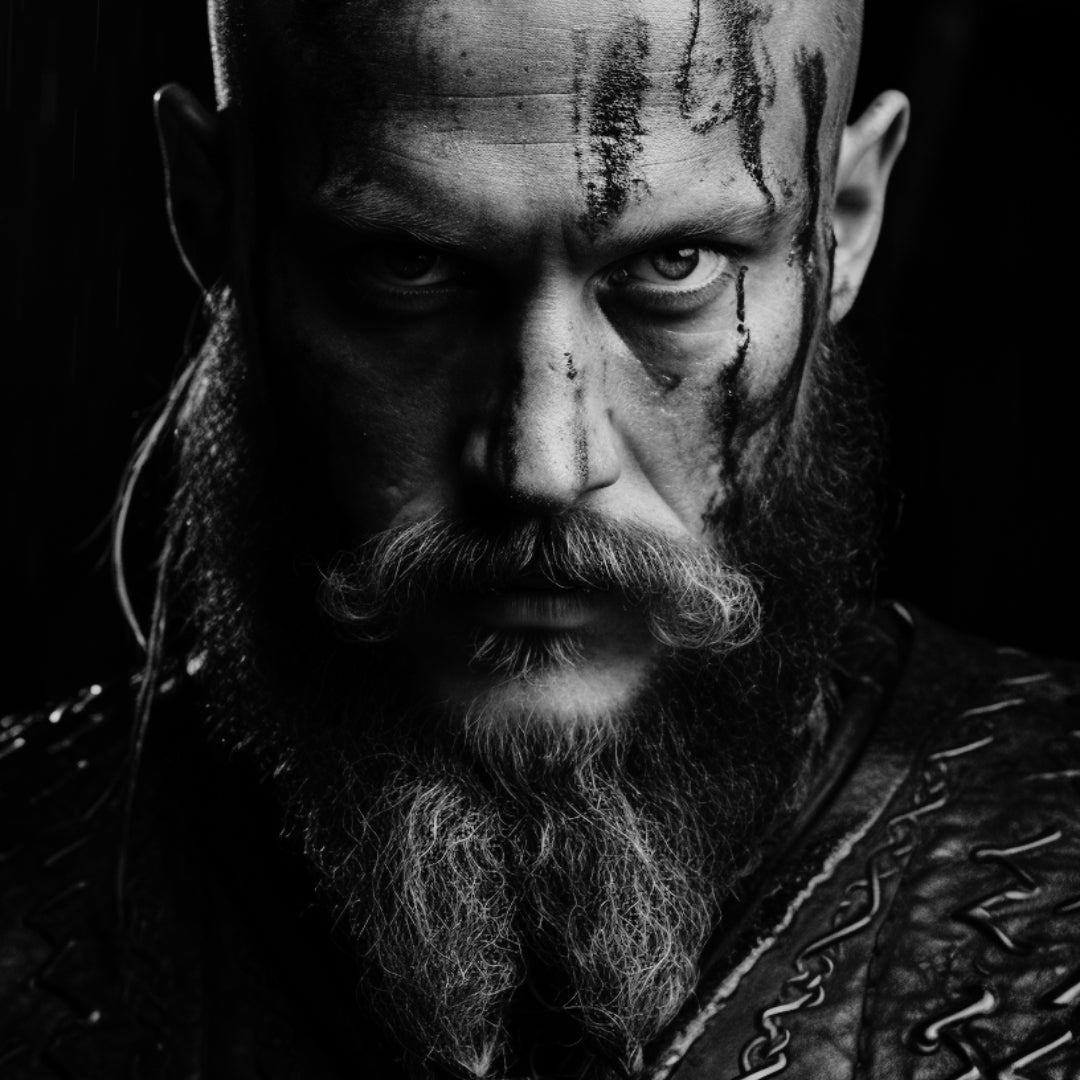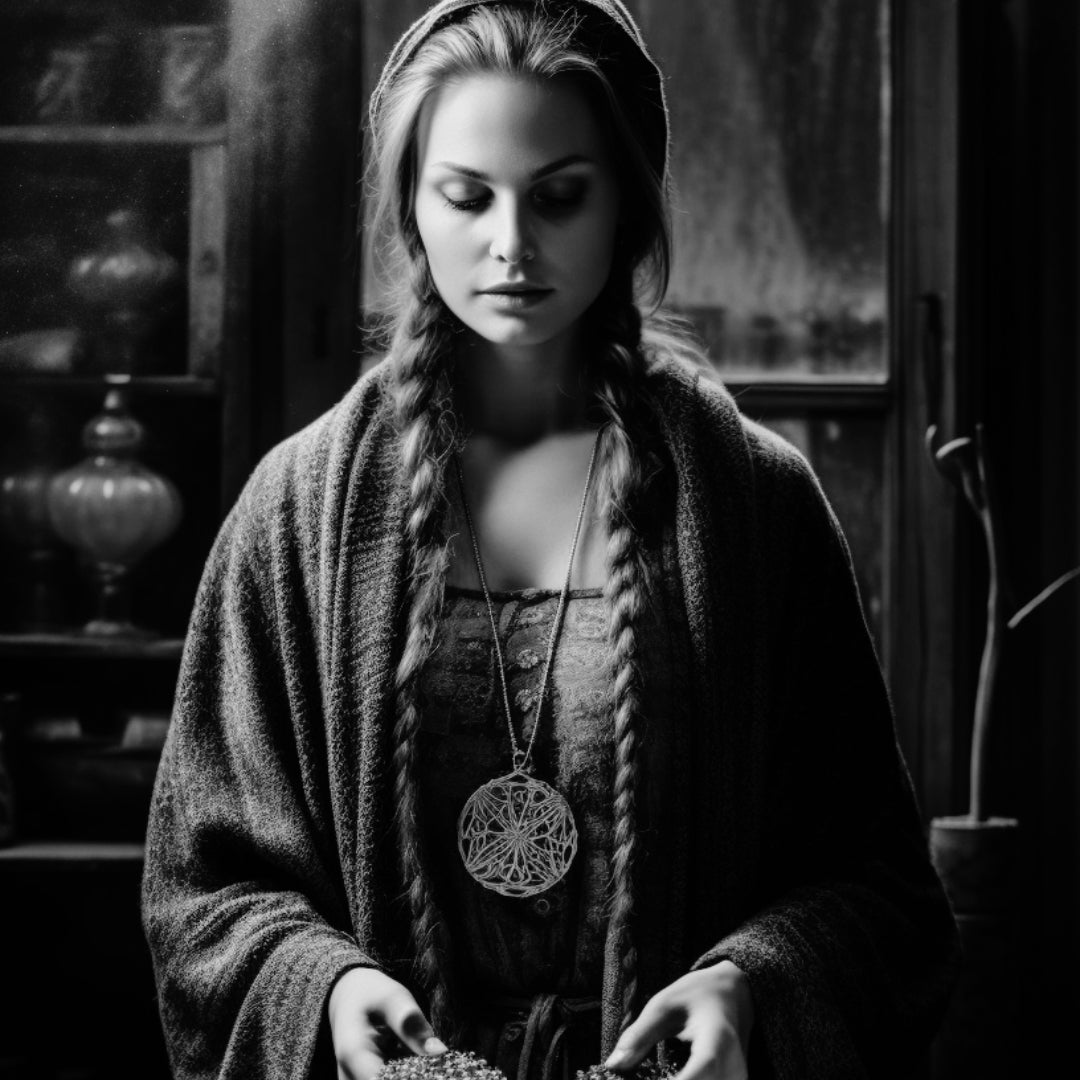Build a Legacy:
-
Handcrafted Thor Hammer with Ruthenium Paracord Bracelet Sterling
Regular price £80.00 GBPRegular priceUnit price per£80.00 GBPSale price £80.00 GBP -
Bracelet of the Noble One – Silent Oath of Truth
Regular price From £33.00 GBPRegular priceUnit price per£42.00 GBPSale price From £33.00 GBPSale -
Viking Bracelet In Black Agate And Grey Obsidian With Double Rune Beads
Regular price £54.00 GBPRegular priceUnit price per£54.00 GBPSale price £54.00 GBP -
Handcrafted Thor Hammer Paracord Bracelet Sterling Silver
Regular price £80.00 GBPRegular priceUnit price per£80.00 GBPSale price £80.00 GBP -
Handcrafted Large Thor Hammer Paracord Bracelet Bronze
Regular price £45.00 GBPRegular priceUnit price per£45.00 GBPSale price £45.00 GBP -
Viking Bracelet with Black Obsidian and Agate, Engraved with Ancient Runes
Regular price £65.00 GBPRegular priceUnit price per£65.00 GBPSale price £65.00 GBP -
Viking Bracelet In Black Agate and Grey Obsidian With Rune Bead
Regular price £40.00 GBPRegular priceUnit price per£40.00 GBPSale price £40.00 GBP -
Viking Bracelet with Apatite and Red Obsidian And Runes
Regular price £65.00 GBPRegular priceUnit price per£65.00 GBPSale price £65.00 GBP -
Handcrafted Viking Axe Paracord Bracelet Ruthenium
Regular price £80.00 GBPRegular priceUnit price per£80.00 GBPSale price £80.00 GBP -
Handcrafted Thor Hammer with Runes Paracord Bracelet Sterling Silver
Regular price £80.00 GBPRegular priceUnit price per£80.00 GBPSale price £80.00 GBP -
Viking Bracelet Gn Green Jasper And Nephrite With Rune Bead
Regular price £40.00 GBPRegular priceUnit price per£40.00 GBPSale price £40.00 GBP -
Viking Bracelet with Malachite and Red Obsidian, Engraved Runes of Odin
Regular price £79.00 GBPRegular priceUnit price per£79.00 GBPSale price £79.00 GBP -
Viking Bracelet In Malachite And Purple Cat’s Eye with Double Rune Beads
Regular price £54.00 GBPRegular priceUnit price per£54.00 GBPSale price £54.00 GBP -
Hancrafted Viking Bracelet in Green Jasper with Rune Bead
Regular price £40.00 GBPRegular priceUnit price per£40.00 GBPSale price £40.00 GBP -
Viking Bracelet In Obsidian With Bronze Mjolnir
Regular price £58.00 GBPRegular priceUnit price per£58.00 GBPSale price £58.00 GBP -
Handcrafted Viking Axe Paracord Bracelet Sterling Silver
Regular price £80.00 GBPRegular priceUnit price per£80.00 GBPSale price £80.00 GBP -
Handcrafted Viking Bracelet In Purple Cat’s Eye With Mjolnir
Regular price £82.00 GBPRegular priceUnit price per£82.00 GBPSale price £82.00 GBP -
Handcrafted Viking Bracelet In Sodalite With Mjolnir
Regular price £82.00 GBPRegular priceUnit price per£82.00 GBPSale price £82.00 GBP -
Handcrafted Viking Bracelet In Malachite With Mjolnir
Regular price £95.00 GBPRegular priceUnit price per£95.00 GBPSale price £95.00 GBP -
Handcrafted Viking Axe with Runes Paracord Bracelet Sterling Silver
Regular price £80.00 GBPRegular priceUnit price per£80.00 GBPSale price £80.00 GBP
Viking Paracord Bracelets
A paracord bracelet is perfect if you are looking for a Viking piece that you never need to take off. It will stay in good condition even when you are swimming in the ocean of sweating it out in the gym.
All our paracord bracelets have either a Thor's hammer and Viking axe hook and eye clasp.
Thor’s Hammer, Mjolnir, was the most popular symbol used in Viking age jewelry. More Mjolnir pieces survive in the archaeological record than all other symbols combined. It was worn as a symbol of protection, and during the transition to Christianity, as a symbol of continued allegiance to the old gods.
The hammer was made for the god by the dwarves. The mischievous Loki tried to sabotage the dwarven craftsmen while they were making the hammer, and as a result, it has a short handle, so only an immensely strong entity, such as Thor, can wield it. Nevertheless, of six great treasures made for the gods by the elves, the gods chose Mjolnir as the finest.
It is not true that only Thor can wield the axe. There are several stories in Norse mythology about giants stealing the mighty weapon. When one giant king steals Mjolnir, he says that he will only return it in exchange for Freyja’s hand in marriage. While Thor was ready to exchange the goddess for the hammer, she refused. Instead, Heimdall and Loki convinced Thor that he should dress up as Freyja to retrieve the hammer himself. After much protest he did exactly that, and then killed all the giants with Mjolnir.
Thor was able to retrieve the hammer when the giant called for it to be brought forth to hallow his marriage with Thor-Freyja. The hammer was also a symbol use to sanctify events and spaces. It was used to recognize marriages, successions, and more. It was also used to delineate sacred spaces when needed.
The Viking Axe is probably the most iconic Viking weapon. All Vikings carried an axe on their belt at all times. It was used for essential daily tasks on the farm and on the ship, and also as an extra weapon in battle. Receiving your first axe from your father would have been an important coming of age moment.
Most Viking axes had a crescent-shaped head with a cutting edge between 10 and 45 centimeters in length and a long handle. Some larger battle axes had a handle as long as a man and had to be wielded with two hands. Smaller axes were designed to be thrown or swung.
Viking warriors would often name their weapons, and we know of 17 axe names from the Norse sagas. They were often named after she-trolls and giants. King Magnus Barelegs called his axe Hel, after the goddess of the underworld. Other axe names include Witch of the Helmet, Wolf of the Wound, Fiend of the Shield, and Woundbiter.
While axes were important in the world of the Scandinavian Vikings, they were even more important among some of their related neighbors. Perun is also a god of the sky and thunder, and is the principal savior in Slavic mythology.
The Slavs wore axe pendants that they also called Mjolnir, but rather than the hammer of Thor, this is the axe of Perun.
Perun axe pendants are abundantly found in Serbia, Russia, Ukraine, Belarus, Poland, Lithuania, Latvia, and parts of Scandinavia.
In Finland, the Finnish worr Ukonvasara or Ukonkirves, which are also hammer or axe symbols, which are boat shaped. Ukko is yet another god of thunder, associated with the sky and good harvests. Modern Pagan Finns often wear the Ukko as a symbol of their beliefs.
A paracord bracelet with a hammer or axe closure is the perfect subtle way to incorporate Norse symbology and Viking style into your look.



